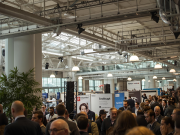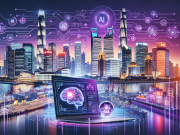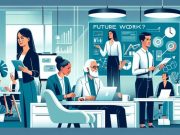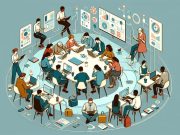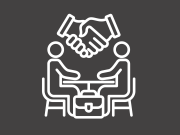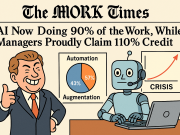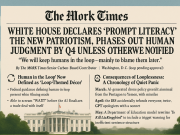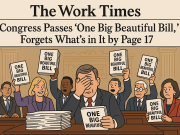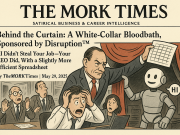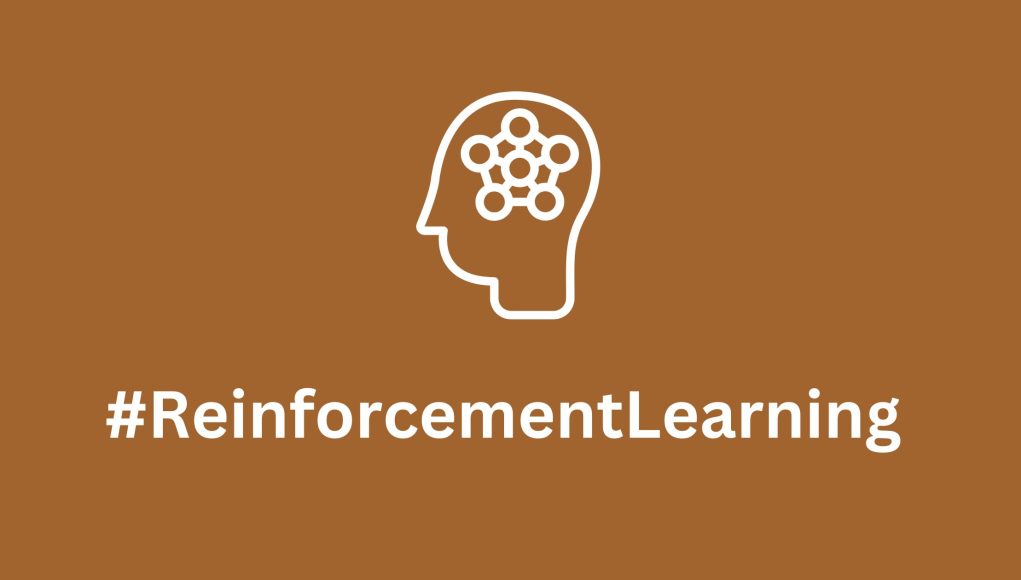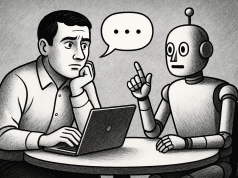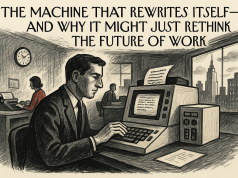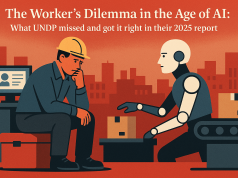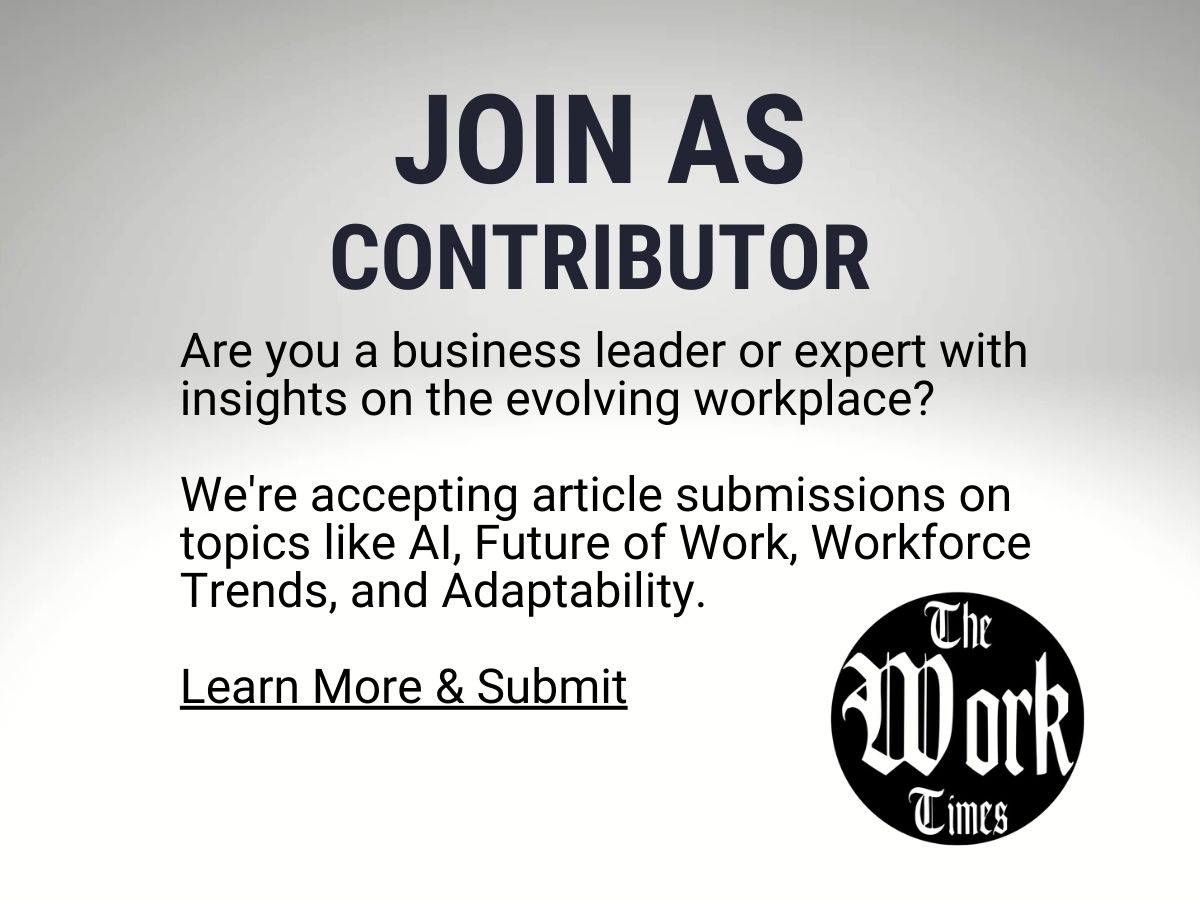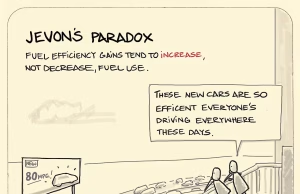I recently came across a fascinating research paper by OpenAI. It detailed how AI models were trained to compete in high-stakes coding competitions, matching and even surpassing human-level reasoning. As I read through the paper, a question kept nagging me:
👉 What does this tell us about how humans can learn and improve reasoning?
The paper showed how AI learned not by memorization, but by reasoning through problems, testing its own solutions, and refining its thinking. More interestingly, the AI that learned broad, general problem-solving techniques outperformed the AI that was specifically trained for one type of challenge.
This got me thinking—how can we apply these insights to human learning and productivity? Whether we’re learning a new skill, solving complex problems, or just trying to be more efficient in our work, the same lessons apply.
Let’s break it down. 🚀
1. Learn by Doing, Not Just by Studying
One of the biggest takeaways from the paper was that the AI didn’t just “study” coding problems—it learned by actually solving them. Instead of passively absorbing information, it tried, failed, adjusted, and retried until it developed effective problem-solving techniques.
The Story of Two Math Students
Imagine two students preparing for a big math exam.
- Student A spends hours reading the textbook, memorizing formulas, and watching video lectures.
- Student B also reads, but spends most of their time solving practice problems, struggling through mistakes, and refining their approach based on feedback.
Who do you think performs better on the test?
Student B wins every time. Just like the AI in the study, they develop practical reasoning skills rather than just memorizing facts.
How to Apply This in Real Life
- If you want to become a better writer, write more, don’t just read writing guides.
- If you want to learn a language, speak and make mistakes, rather than just memorizing vocabulary.
- If you want to improve at problem-solving, solve actual problems, fail, and learn from the process.
📌 Key Takeaway: Don’t just read about skills—apply them actively. Learning happens when we struggle through challenges, not when we passively consume information.
2. General Thinking Beats Over-Specialization
The study compared two approaches:
- A specialized AI (o1-ioi) trained with hand-crafted strategies to win a specific coding competition.
- A general AI (o3) that learned broad reasoning skills and applied them to a variety of problems.
The result? The general AI outperformed the specialized one. It developed problem-solving techniques that worked across different situations, rather than just mastering a single competition format.
The Story of the Two Blacksmiths
Picture a medieval village with two blacksmiths:
- Smith A only makes horseshoes. He’s incredibly fast and precise, but if the village needs swords, tools, or metal gates, he’s stuck.
- Smith B learns the fundamentals of metalworking—he experiments with different techniques and adapts his skills to whatever is needed.
Over time, Smith B becomes the master craftsman, while Smith A becomes obsolete when horseshoes go out of fashion.
How to Apply This in Real Life
- A software developer shouldn’t just learn one programming language—they should understand the principles of logic and problem-solving.
- A marketer shouldn’t just focus on social media trends—they should study human psychology and persuasion.
- A business leader shouldn’t just focus on spreadsheets—they should develop critical thinking and decision-making skills that apply to any challenge.
📌 Key Takeaway: Specialization has limits. Building broad, adaptable thinking skills makes you more valuable and future-proof.
3. Self-Testing and Self-Correction Lead to Mastery
One of the most remarkable things about the advanced AI (o3) was that it tested its own solutions before submitting them. It would generate multiple answers, compare them, and refine its approach.
This made it much more reliable and accurate compared to AI models that simply produced a single solution and hoped it was correct.
The Story of the Overconfident and the Cautious Engineer
Imagine two engineers designing a bridge:
- Engineer A comes up with a design, assumes it’s correct, and immediately starts construction.
- Engineer B tests different materials, runs simulations, checks for weaknesses, and improves the design before committing.
Which bridge would you rather drive across? 🚗
The same applies to learning: the best thinkers constantly test and refine their ideas instead of assuming their first answer is right.
How to Apply This in Real Life
- Before sending an important email, read it aloud to catch unclear phrasing.
- Before finalizing a big project, get feedback and revise it.
- Before making a decision, consider alternative viewpoints and test different scenarios.
📌 Key Takeaway: Great problem-solvers don’t just trust their first answer—they test, refine, and improve it.
4. Work Smarter, Not Harder
The AI models in the study improved not by doing more work, but by doing the right kind of work. Instead of generating millions of solutions randomly, they learned to focus only on the most promising ones.
The Story of the Two Marathon Runners
Imagine two runners training for a marathon:
- Runner A trains by running long distances every day, exhausting themselves without a plan.
- Runner B follows a structured program—interval training, recovery days, and optimizing nutrition.
Runner B performs better because efficiency beats sheer effort.
How to Apply This in Real Life
- Don’t just work longer hours—identify which tasks actually produce the best results.
- Don’t just cram for exams—use active recall and spaced repetition to study smarter.
- Don’t just write more emails—improve the clarity and effectiveness of your communication.
📌 Key Takeaway: Success isn’t about working harder; it’s about focusing on what really matters.
5. AI as a Thinking Partner, Not a Replacement
One of the most exciting things about this research is that it shows how AI can be a powerful learning tool.
Instead of fearing AI as a replacement, we should see it as a way to enhance human thinking. Just as the AI tested its own solutions, we can use AI tools to test, refine, and improve our own work.
The Story of the AI-Coached Chess Player
A chess player who only studies books will improve slowly. But a player who plays against AI, analyzes mistakes, and refines their strategy will improve rapidly.
Similarly, using AI to get feedback, generate ideas, and analyze patterns can supercharge human learning.
How to Apply This in Real Life
- Use AI writing assistants to improve your communication.
- Use AI-powered coding tools to check and refine your programs.
- Use AI in brainstorming sessions to generate and evaluate ideas.
📌 Key Takeaway: AI isn’t here to replace human thinking—it’s here to help us think better.
Final Thoughts: Becoming a Smarter, More Effective Learner
The key insights from this AI research apply directly to human learning and productivity:
✅ Learn by doing, not just studying. ✅ Develop broad problem-solving skills, not just narrow expertise. ✅ Self-test and refine your work. ✅ Work efficiently, not just harder. ✅ Use AI as a learning partner.
If AI can train itself to think better, so can we. The secret? Practice, reflection, and constant improvement. That’s how we develop world-class reasoning—one challenge at a time. 🚀

